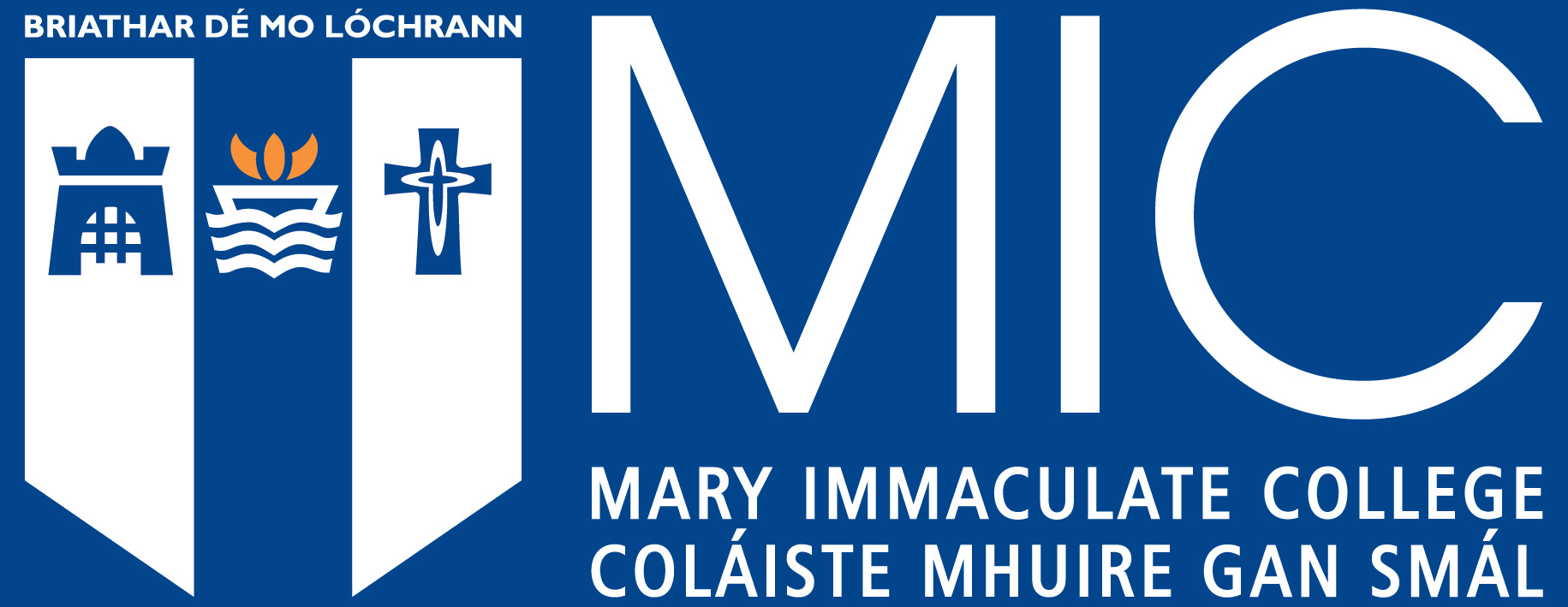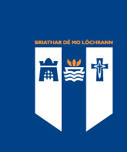The bishop’s role of pastoral governance: its interpretation and reception by the Magisterium since Vatican II
Abstract
This thesis will assess the interpretation and reception of the bishop’s role of pastoral governance by the Magisterium since the Second Vatican Council (1962-65). Historically, this episcopal role had been increasingly restricted from the Council of Trent (1545-63) to the First Vatican Council (1869-70). Due to Vatican I’s premature end only papal governance was legislated for. Subsequently, the increasing dominance of the Roman School of Theology and of Ultramontanism located the exercise of Church governance in the Pope and the Roman Curia. While the bishop exercised a small measure of governance within his diocese, he was portrayed as the local Church manager of the universal Church.
Vatican II defined a new and more expanded role of episcopal governance, expressed in a pastoral mode. Vatican II described episcopal governance of the local Church, but also of the universal Church, shared with and always under the leadership of the Pope. Using a hermeneutical approach suggested by Ormond Rush, three key Vatican II documents will be analysed to reveal the process of authorship and their understanding of episcopal governance. Rush’s hermeneutics will also help to analyse the reception of episcopal pastoral governance after the Council.
The expanded pastor governance role of bishops was supported in post conciliar magisterial documents. By the 1980s, however, an increasingly restrictive view of episcopal governance can be identified in magisterial texts authored by the Roman Curia and supported by the papacies of John Paul II and Benedict XVI. These restrictions reversed earlier conciliar reception, identified especially when considering liturgical translation of Latin prayers into local languages.
A final chapter considers proposals, which support a wider expression of episcopal governance. This chapter also considers the fresh impetus offered by Pope Francis to retrieving the potential of the Council, especially episcopal pastoral governance exercised in a pastoral key.
Keywords
Vatican IIEpiscopal pastoral governance
Magisterium


